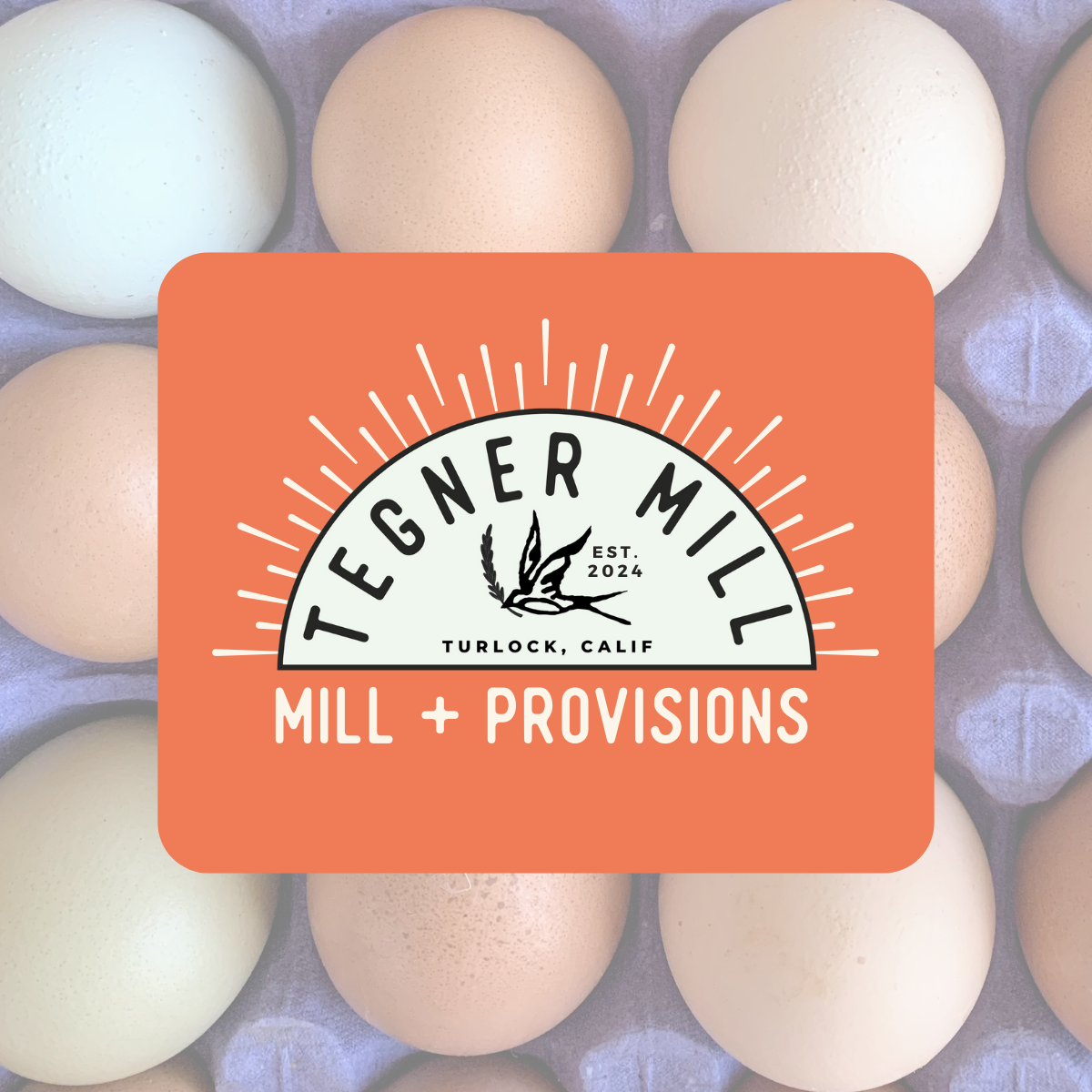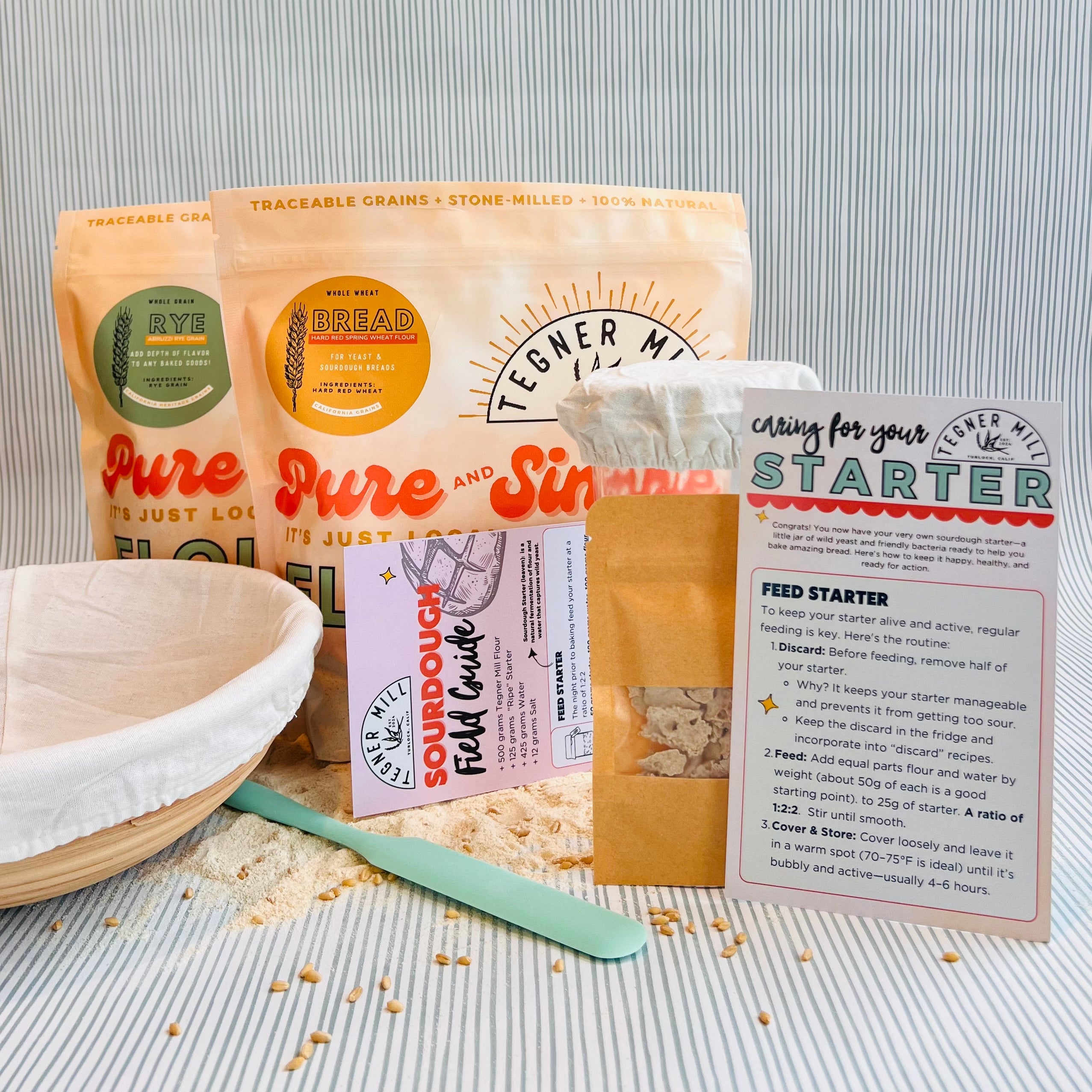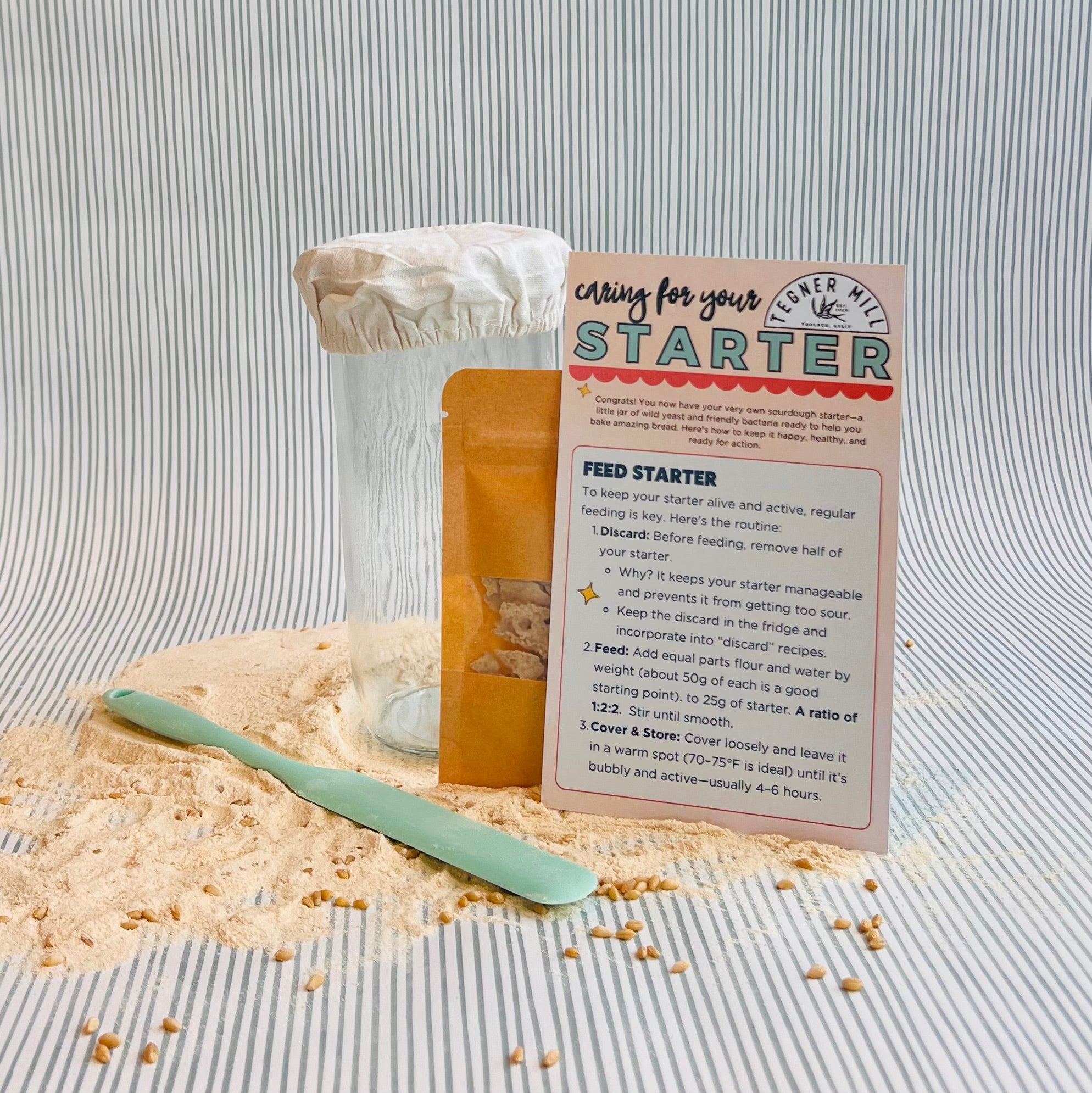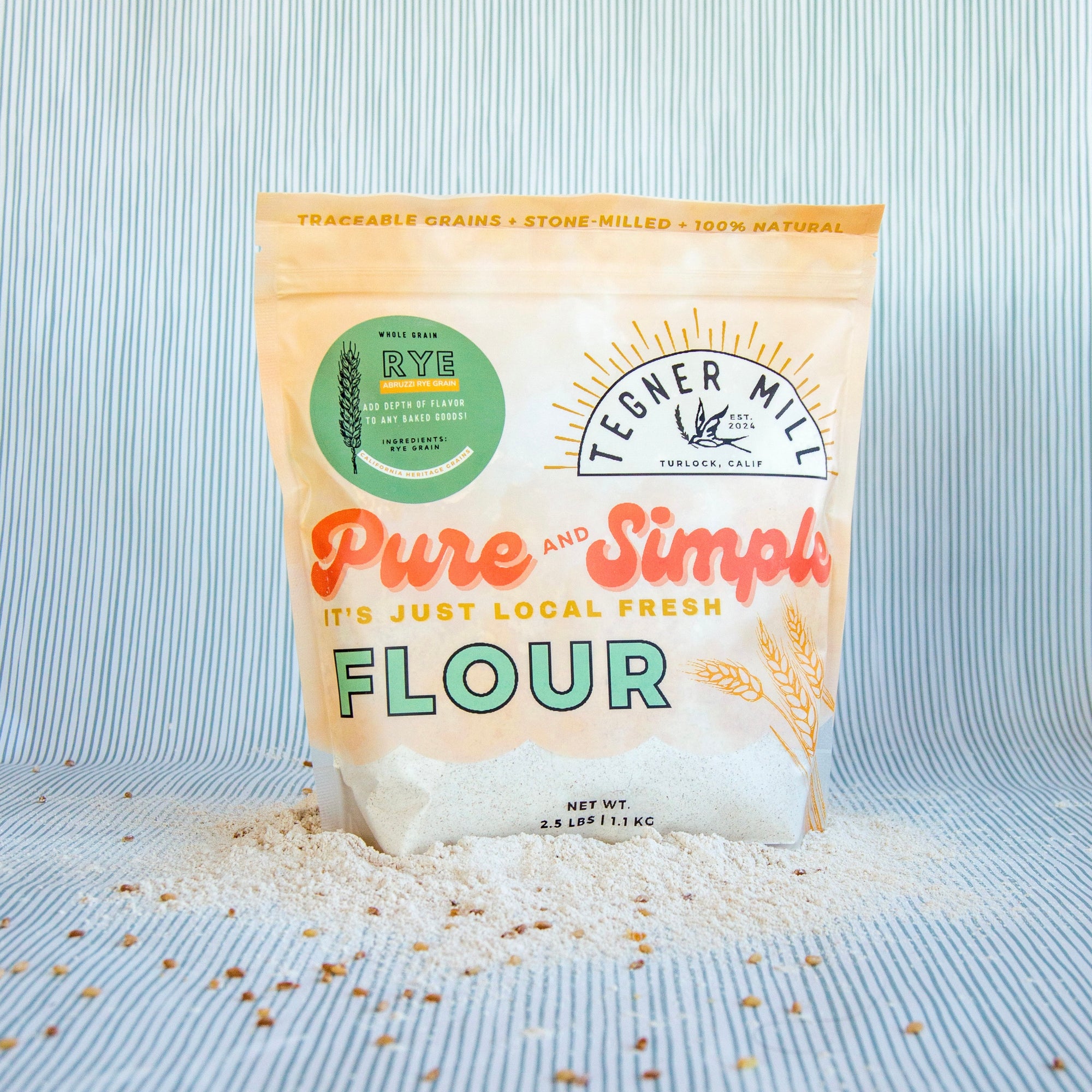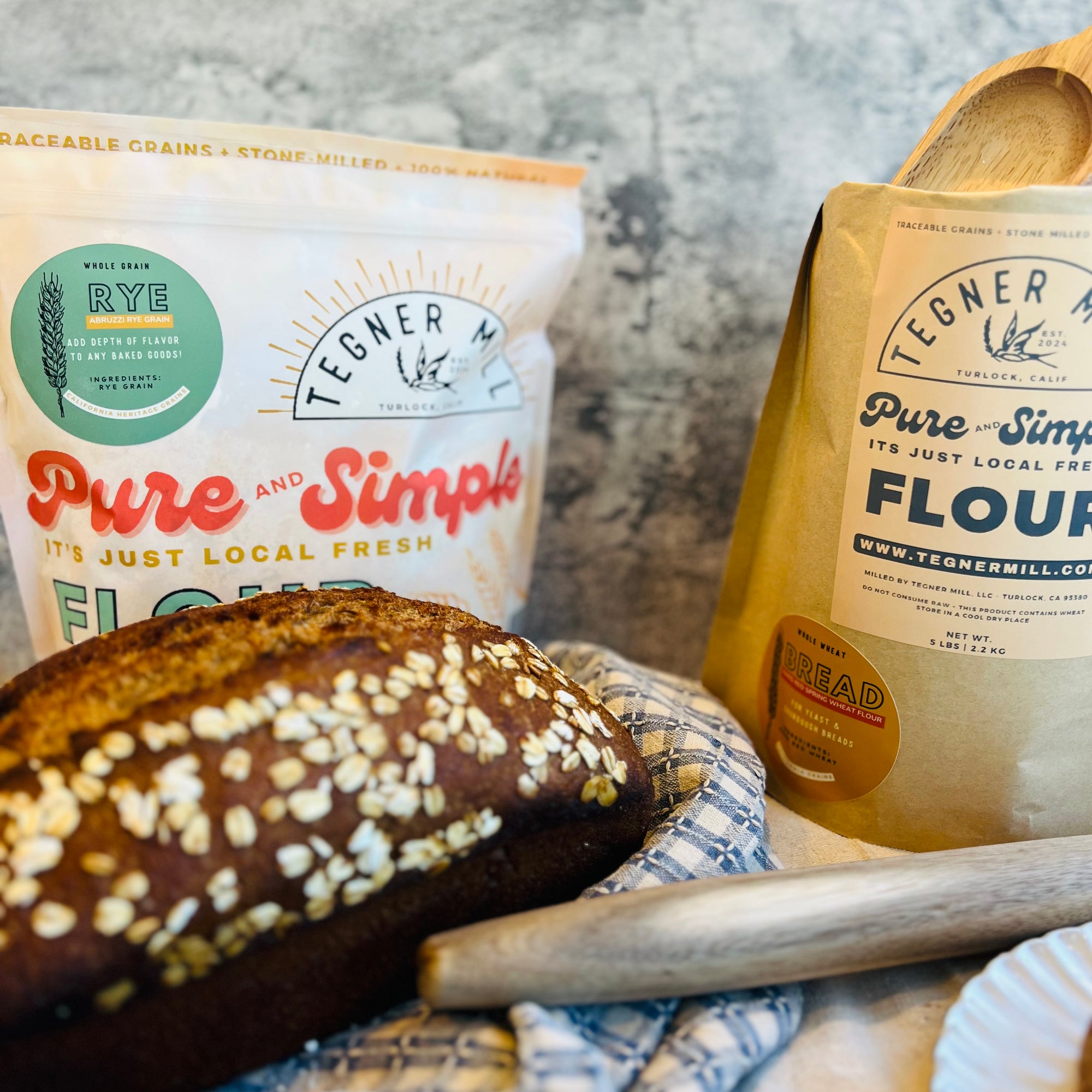
Not All Flours Are Created Equal
Most industrial flour isn’t just flour—it’s bleached, enriched, and chemically treated for color, texture, and shelf life. Additives like benzoyl peroxide, chlorine, and ammonium persulfate are common, along with glyphosate spray before harvest and synthetic folic acid enrichment.
How Stone Milling Works
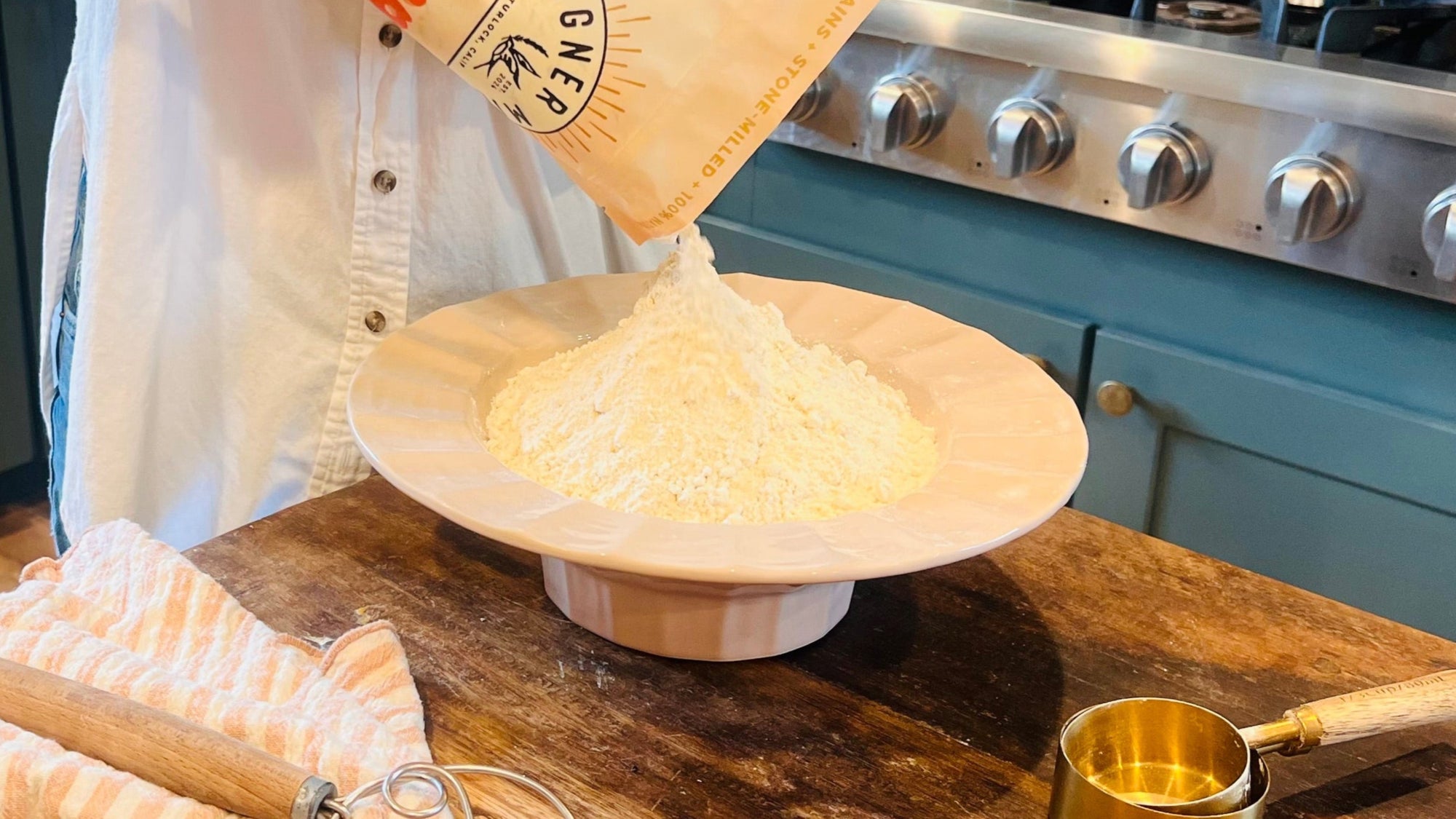
Why it Matters
- More Flavor: Stone milling keeps the natural oils and flavor compounds intact, giving great taste.
- Better Nutrition: The bran and germ contain essential vitamins, minerals, and antioxidants
- Easier on the Stomach: Without additives or chemical treatments, stone-milled flour is often easier to digest.
- Fresh For You Because the natural oils are preserved, stone-milled flour is best used fresh!
Explore More
-
Stone milling is a traditional method of grinding grain into flour using large, round millstones. Unlike modern roller mills that prioritize speed and shelf life, stone milling focuses on preserving the whole grain's natural goodness. Here’s how it works and why it matters:
-
Our stone mills slowly and gently crush organically grown grains at a low temperature, preserving the bran, germ, and endosperm—the three essential parts of the whole grain that provide fiber, vitamins, minerals, and flavor. Making it easier to digest and better for you!
-
This product is shelf stable for six months after it’s milled, but let's be honest it won’t last that long.
“Best by” dates are printed on each product. To extend the life of your product and keep it at peak freshness, we recommend storing it in your fridge or freezer to preserve its natural oils.

